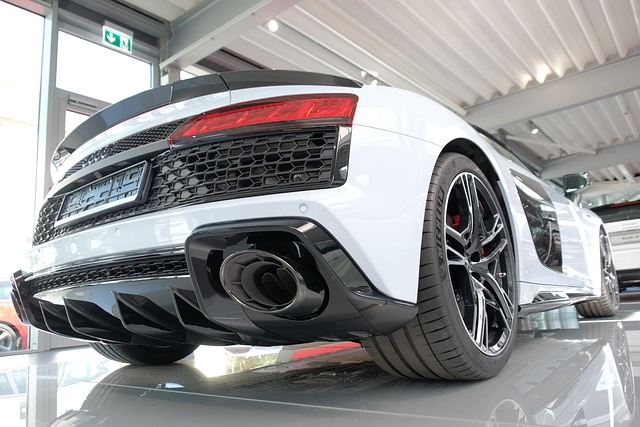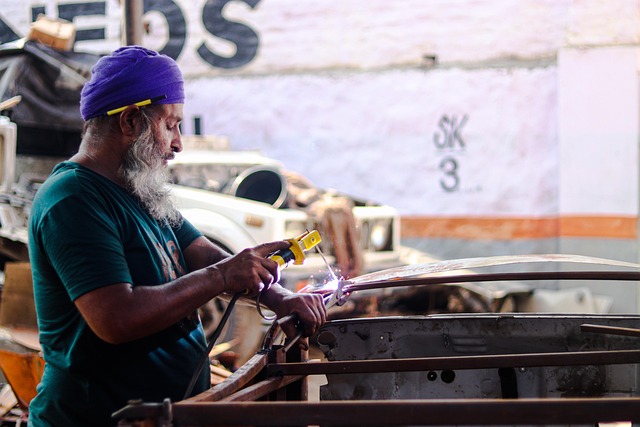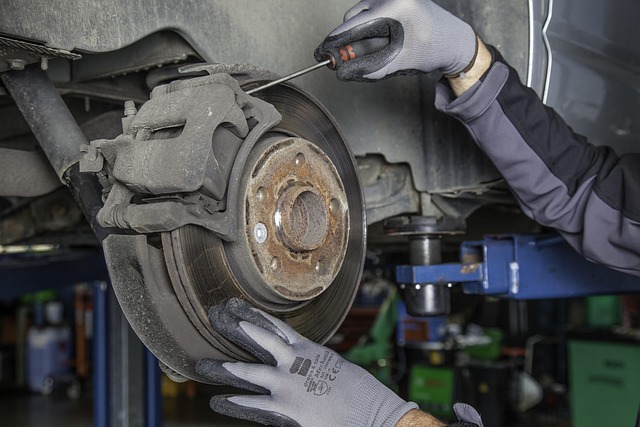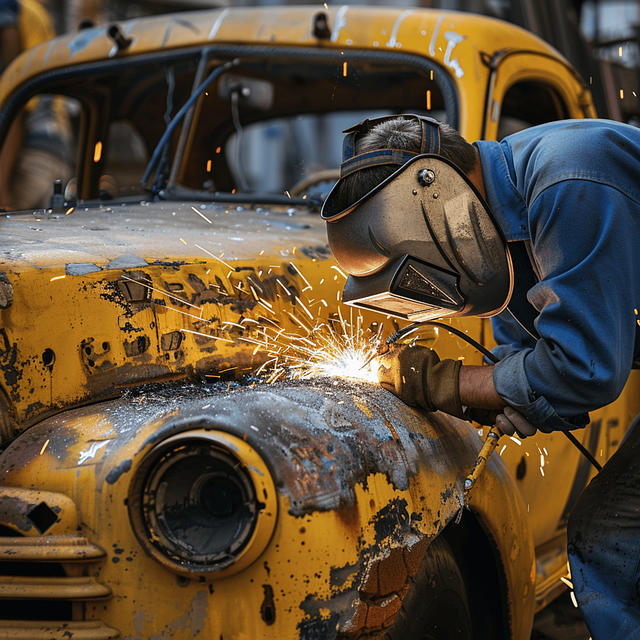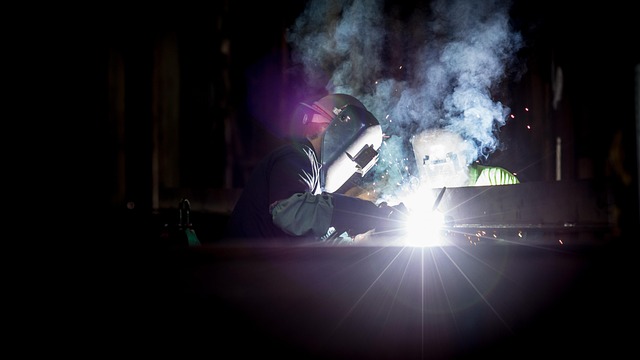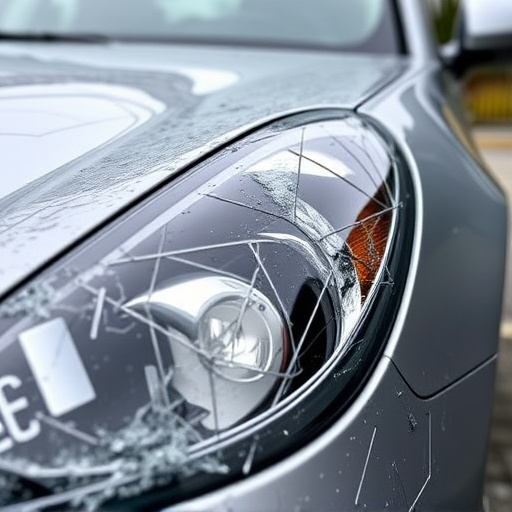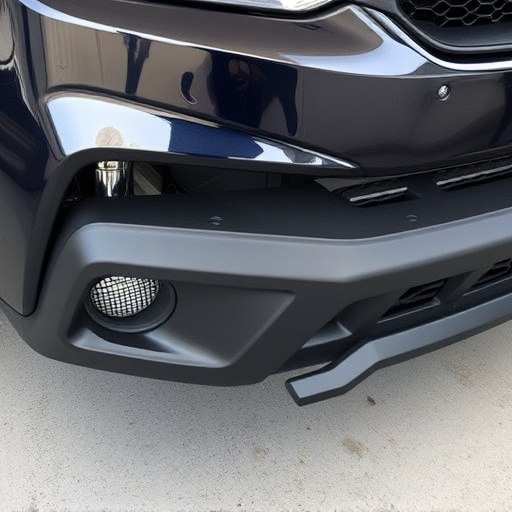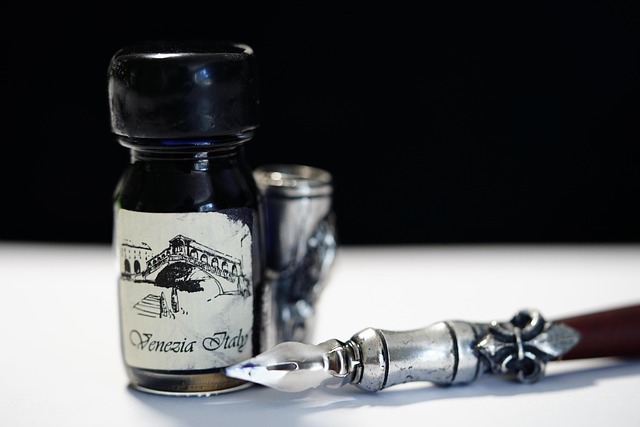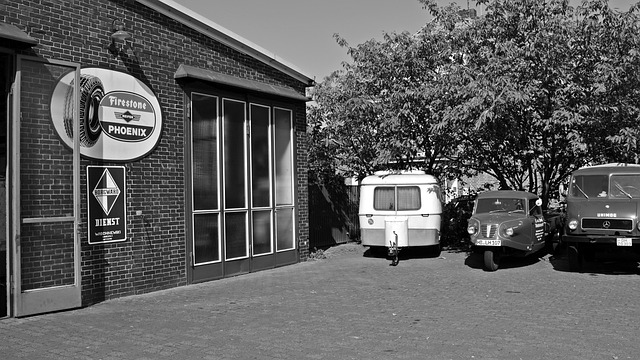Tempered glass, a robust safety feature in automotive bodywork, enhances vehicle security and passenger protection through its unique heat-treating process. Installation requires skill, involving meticulous preparation, precise fitting, and secure attachment to preserve structural integrity and aesthetic appeal. Regular maintenance, including gentle cleaning and prompt repair of damage, ensures its longevity and reinforces safety in case of accidents.
“Uncovering the world of car tempered glass, a must-read guide for first-time enthusiasts. This comprehensive introduction breaks down the essentials of tempered glass, its unique properties, and unparalleled benefits for vehicle safety and style.
From understanding the intricate process of installation to mastering maintenance and safety protocols, this article is your go-to resource. Learn how tempered glass installation transforms your car’s landscape, offering both enhanced protection and a modern aesthetic appeal. Get ready to navigate this exciting journey with confidence.”
- Understanding Tempered Glass: Properties and Benefits
- The Process of Tempered Glass Installation
- Maintenance and Safety Tips for Tempered Car Glass
Understanding Tempered Glass: Properties and Benefits

Tempered glass is a type of safety glass that has been heat-treated to enhance its strength and durability compared to regular glass. This process involves heating the glass to a specific temperature, then quickly cooling it, which creates internal stress within the material. As a result, tempered glass is much harder to break or shatter when subjected to force, making it an excellent choice for various applications, including car bodywork services.
One of the key benefits of tempered glass in bumper repair and car scratch repair is its superior impact resistance. This property not only improves the structural integrity of vehicles but also provides added protection against damage from road debris, accidents, or even vandalism. The glass remains intact during minor impacts, reducing the need for frequent replacements. Additionally, tempered glass is designed to break into small, non-sharp pieces if it does fail, minimizing the risk of injury, which is a significant advantage when compared to regular glass used in car windows and body panels.
The Process of Tempered Glass Installation
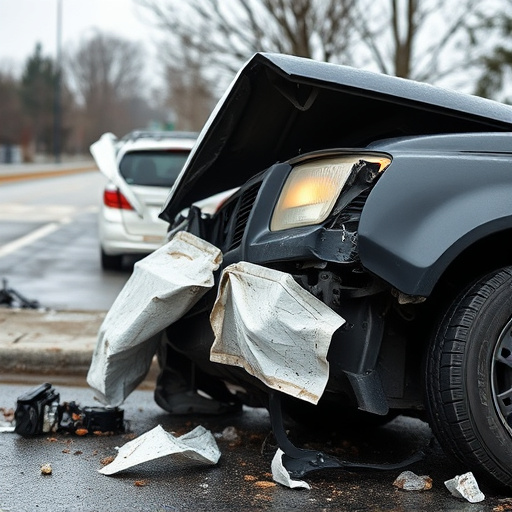
The process of installing tempered glass in a vehicle is a meticulous art that requires precision and expertise. It begins with preparing the car’s bodywork, ensuring it’s clean and free from any debris or contaminants. The tempered glass panel, designed to withstand extreme forces, is carefully measured and cut to fit seamlessly into the designated area. This step demands accuracy to maintain structural integrity and aesthetic appeal.
Once ready, the new glass is installed, often utilizing specialized tools and techniques. In collision repair, this process is crucial as it ensures the safety and strength of the vehicle’s structure. The glass is secured with precision, considering the exacting fit needed to prevent any gaps or misalignments that could compromise its effectiveness. Auto painting may follow, meticulously matching the surrounding panels for a seamless finish, enhancing the overall appearance of the car’s bodywork.
Maintenance and Safety Tips for Tempered Car Glass

Proper maintenance is key to ensuring your car’s tempered glass remains safe and secure. Regular cleaning with non-abrasive detergents and soft cloths helps prevent scratches that could compromise its integrity. Avoid using harsh chemicals or abrasive materials, as they can damage the glass surface over time. Additionally, inspect for any signs of wear, cracks, or chips, and address them promptly through professional auto collision repair services to maintain optimal safety standards.
When it comes to safety, understanding how tempered glass behaves in a collision is vital. Unlike regular glass, tempered glass is designed to shatter into small, non-threatening pieces upon impact, reducing the risk of severe injuries during vehicle collision repair. However, if you suspect any damage, don’t delay; seek collision repair services from reputable auto shops as soon as possible. Regularly replacing worn-out window regulators and weatherstrips also contributes to maintaining the structural integrity of your car’s tempered glass.
Tempered glass installation in cars offers enhanced safety and peace of mind. By understanding its properties, benefits, and proper maintenance, you can ensure your vehicle’s windows provide superior protection against impact and breakage. Remember to follow safety tips for optimal results and enjoy the added security that tempered car glass brings.
